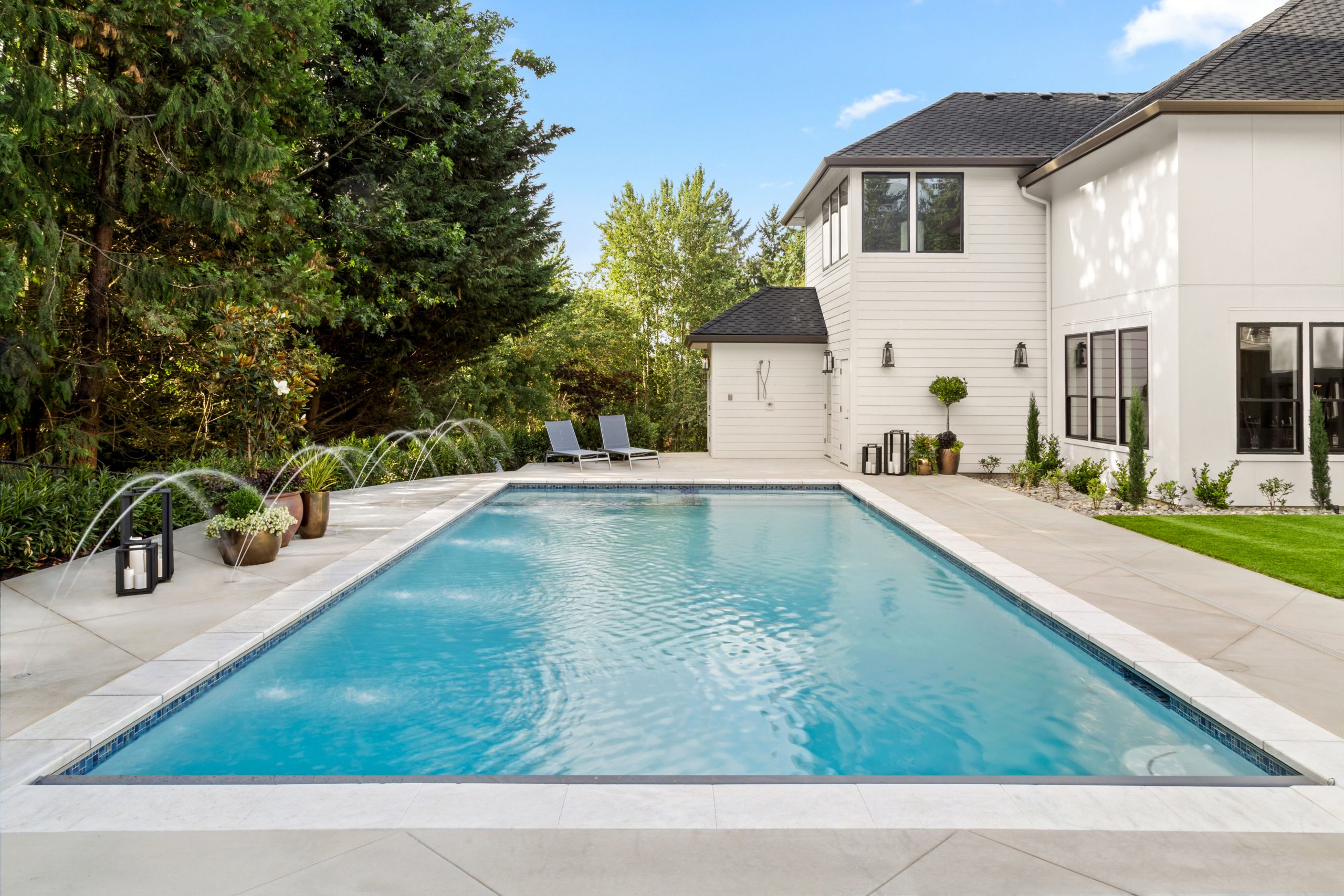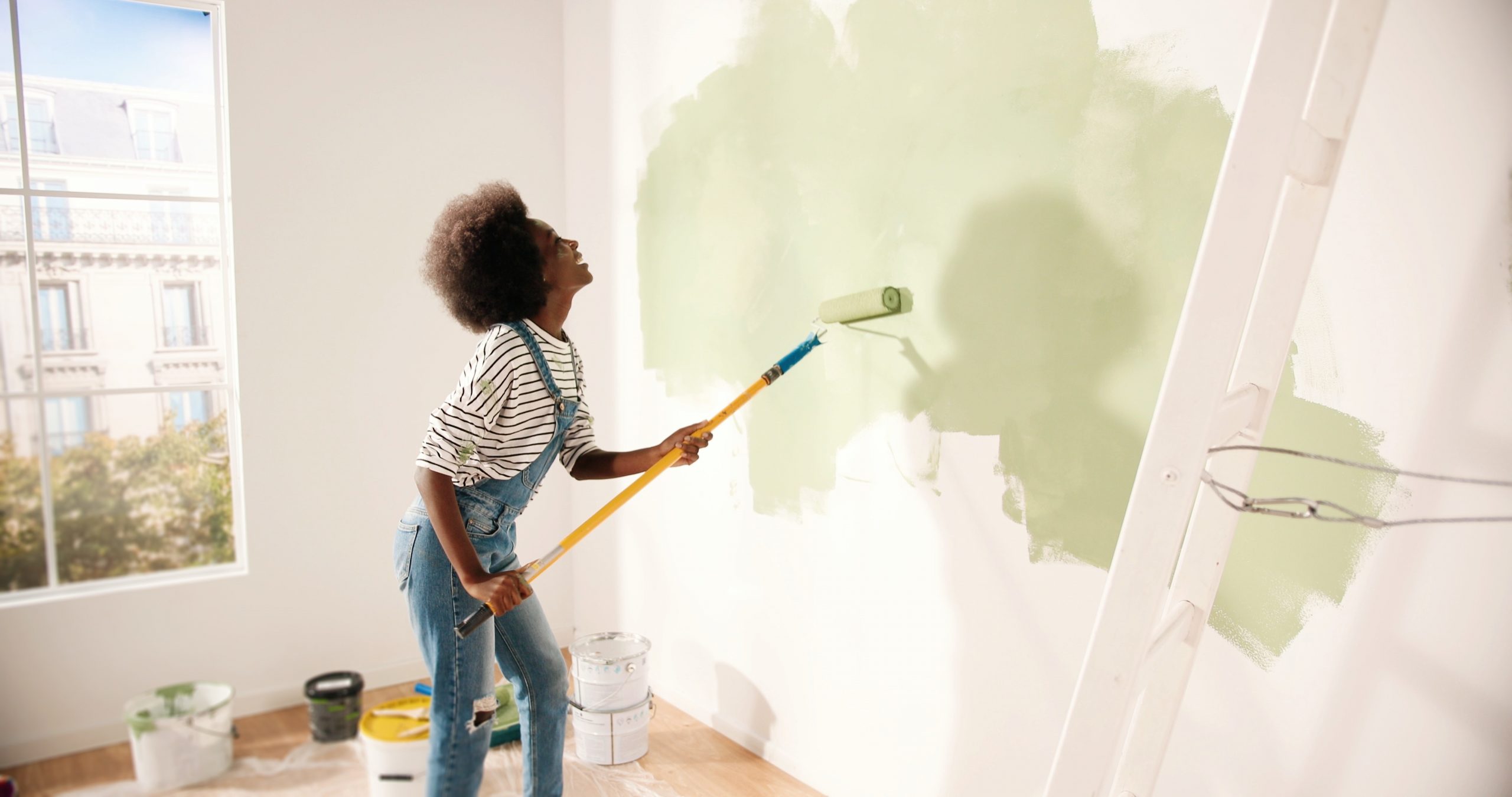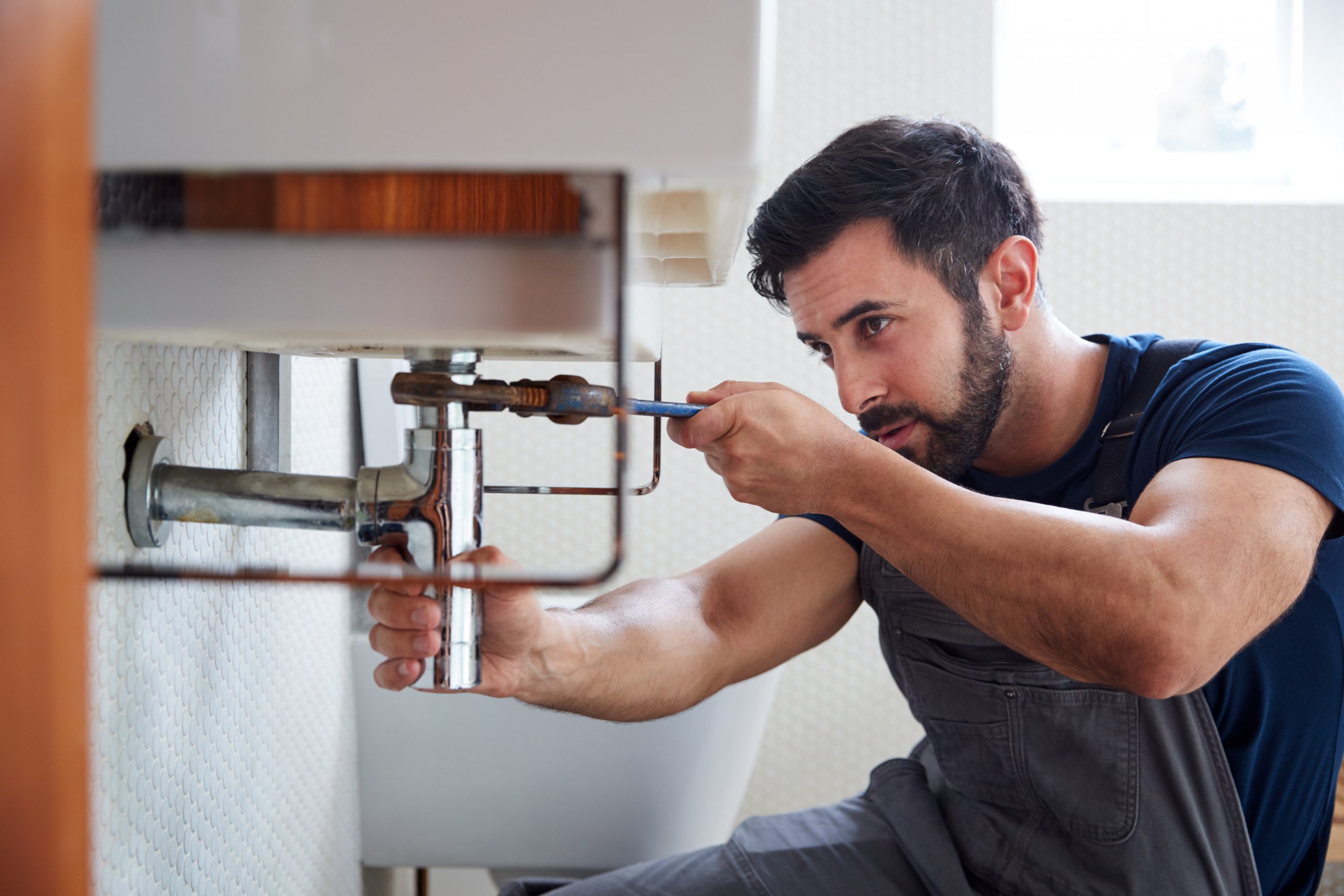Understanding the lifespan and replacement costs of major kitchen appliances is essential for budgeting and home maintenance. This Casability guide provides insights into how long your kitchen appliances typically last and what you might expect to pay when it’s time for a replacement.
Refrigerator: The Cooling Giant
Lifespan and Cost
- Average Lifespan: 10-15 years.
- Replacement Cost: $1,200 to $2,500 for a standard model, higher for advanced features.
Refrigerators are a staple in any kitchen, providing essential cooling and storage. While they can last up to 15 years with proper maintenance, features like smart technology and energy efficiency can drive up the replacement cost.
Range/Oven: The Heart of Cooking
Lifespan and Cost
- Average Lifespan: Ranges typically last 13-15 years.
- Replacement Cost: $650 to $2,000 depending on the type (gas or electric) and features.
Ranges and ovens are central to meal preparation. Their lifespan is relatively long, but costs can vary significantly based on whether you choose a gas or electric model and the range of features.
Dishwasher: The Cleaning Helper
Lifespan and Cost
- Average Lifespan: About 9-12 years.
- Replacement Cost: Ranges from $400 to $700 for most models.
Dishwashers save time and water, making them a valuable kitchen asset. They typically last just over a decade, with replacement costs influenced by capacity and additional features such as energy efficiency and noise reduction.
Microwave Oven: Quick and Convenient
Lifespan and Cost
- Average Lifespan: 7-10 years.
- Replacement Cost: Approximately $100 to $300 for countertop models and more for built-in units.
Microwave ovens offer quick and easy cooking solutions. Their shorter lifespan means they might need replacement sooner than other appliances, but their relatively low cost makes this manageable.
Garbage Disposal: The Under-Sink Workhorse
Lifespan and Cost
- Average Lifespan: 8-15 years.
- Replacement Cost: Around $150 to $400, plus installation fees if needed.
Garbage disposals are handy for managing food waste. Their lifespan can vary widely based on usage and maintenance. Installation costs should also be factored in if you’re not doing it yourself.
Freezer: Long-Term Storage Solution
Lifespan and Cost
- Average Lifespan: 10-20 years.
- Replacement Cost: $300 to $800, more for larger or chest-style freezers.
Freezers are crucial for storing food long-term. Their lifespan is impressive, often outlasting other kitchen appliances. Costs can vary significantly based on size and type.
Factors Affecting Appliance Lifespan
Influencing Elements
- Usage: Frequent use can shorten an appliance’s lifespan.
- Maintenance: Regular cleaning and upkeep can extend life.
- Quality: Higher quality appliances tend to last longer.
Signs That It’s Time for a Replacement
Recognizing the Need
- Frequent Repairs: Constant need for repairs is a clear sign.
- Declining Efficiency: Increased energy bills or decreased performance.
- Outdated Technology: Modern appliances offer better efficiency and features.
Cost-Saving Tips for Appliance Replacement
Budgeting Smartly
- Shop Sales and Discounts: Look for deals during major sales events.
- Consider Energy Efficiency: Energy-efficient models can save money in the long run.
- Research and Compare: Look at different brands and models for the best value.
Appliance Warranties and Insurance
Protecting Your Investment
- Manufacturer Warranties: Usually cover the first year or more.
- Extended Warranties: Consider for more expensive appliances.
- Homeowners Insurance: Typically doesn’t cover appliance replacement unless due to insured damage.
Professional Installation vs. DIY
Choosing the Right Approach
- DIY: Possible for simpler appliances like microwaves.
- Professional Installation: Recommended for complex appliances like ranges and dishwashers.
The lifespan of your kitchen appliances varies, and understanding this can help you plan financially for replacements. Regular maintenance can extend their life, but eventually, replacement will be necessary. By knowing the average costs and considering energy efficiency, you can make smart choices that fit your budget and home needs. Casability is here to provide guidance and confidence as you navigate through these important household decisions.









